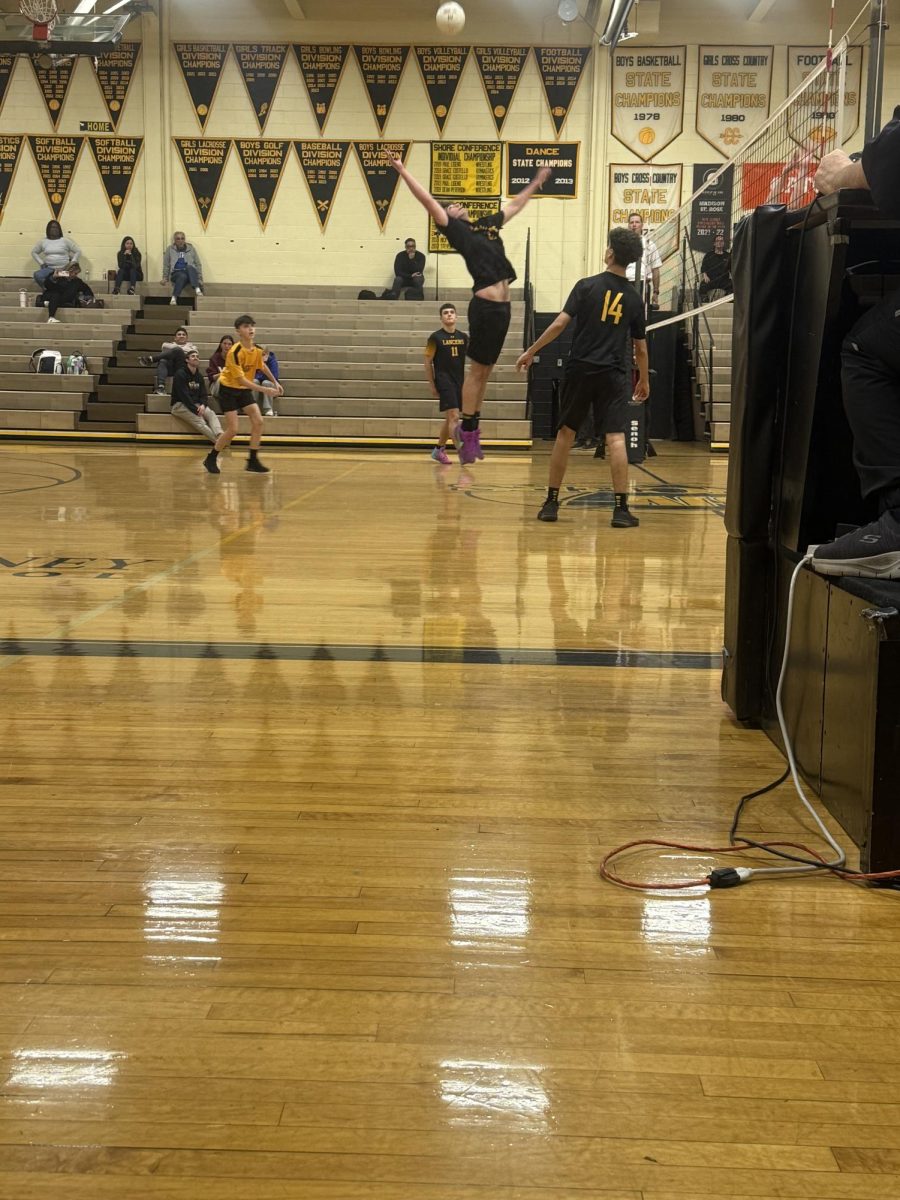The Objectification of Women in Film and its Impact on Society
The male gaze and its portrayal in the media
April 5, 2022
The male gaze is a theory proposed by Laura Mulvey, a feminist film theorist best known for her essay on visual pleasure and narrative cinema. Mulvey points out the sexual objectification of women in the media. She explained that the media portrays women as passive, inactive characters who are limited to their support of a male protagonist and sex appeal to a heterosexual male audience.
A lack of diversity in the film industry causes many directors to take on a perspective that presents women as sexual objects for the pleasure of the straight male viewer. The male gaze is harmful because it extends beyond the film industry and reaches virtually every aspect of society.
Even though Mulvey wrote her essay in the 1970s, gender diversity in film is still an extensive issue in film and the media. According to the USC Annenberg Inclusion Initiative, women received 4.8% (or 70) of 1,448 director roles on the top 1,300 movie releases of 2007 through 2019. This statistic shows a lack of women directors and emphasizes how men are predominantly in charge of the entertainment industry, further contributing to the male gaze in the media.
Men have extensive control of media production in all forms, so the male gaze appears in all contemporary forms of media. The news and music industry, advertising, magazines, and even social media are affected. For example, women in these media are often unnecessarily nude or scantily clad in tight clothing, while their male counterparts are fully clothed and appropriately dressed.
A study by the Media, Diversity and Social Change Initiative by the Annenberg School for Communication and Journalism found that out of 4,370 speaking or named characters in the year’s top films, 68.8% were male, and 31.4% were female. Additionally, 30.2% of women were more likely to be naked or wearing revealing clothing in comparison to only 7.7% of men.
Even the camera framing of the female body can emphasize the male gaze. The media often features slow camera pans of women’s bodies or frames the woman, just so her cleavage stays in the frame. The purpose of this is to show women off as “eye-candy” as pleasure for the male viewer, to dehumanize and objectify her.
Women’s bodies are also too commonly used as props and exist solely as sexual objects for male protagonists. The unnecessary sexualization of women in the media pushes the narrative that the female body is something to watch, control, and possess, that they are less than human. The male gaze asserts that men are the viewers and the conquerors, while the purpose of women is to be looked at, sought after, and attained.
The male gaze goes beyond just the media. It’s harmful to women in real life. When men and women alike see women depicted in this limited, sexualized manner, it becomes deeply ingrained in their expectations, culture, and personal identities. It influences their choices and the way they view themselves and others. The study Objectification Theory and Psychology of Women: A Decade of Advances and Future Directions examines the effects of sexual objectification. The study found women speak less after thinking of being sexually objectified, experience more shame, and underperform cognitive tasks. It also found that objectification increases a focus on one’s appearance, which causes reduced appearance self-esteem, an increased risk of eating disorders, reduced performance on math tasks, and even the ability to throw a ball.
Research studies help us better understand the way objectification influences the way men perceive women. One of these studies is Seeing Eye to Body: The Literal Objectification of Women. The research showed that the sexual objectification of women caused others to view them in negative and dehumanizing ways. Men believed women had less kindness, intelligence, and sincerity and even implicitly compared them to animals and objects. Viewing women in this way furthers the social imbalance between men and women. It gives men power and paints them as superior at the expense of women defined in demeaning ways.
The Bechdel test is a way to measure female representation in a work of fiction or film. It was created in 1985 and named after cartoonist Alison Bechdel, who credited her friend Liz Wallace and the writings of Virginia Woolf for the idea. For a film to pass the Bechdel test, it must feature at least two named female characters who talk to each other about something other than a man. On the Bechdel test website, they have a statistics page that states, “There are 8076 movies in the database, 4651 (57.6%) of which pass all three tests, 821 (10.2%) pass two tests, 1785 (22.1%) pass one test and 819 (10.1%) pass no tests at all.” The Bechdel test is an excellent way to draw attention to unwritten bias and a lack of representation in film. Especially since only a little over half of all films meet its criteria.
It’s crucial to be aware of and recognize the male gaze in society. Awareness helps bring attention to false perceptions and ideals for ourselves and others. Recognizing the influence of the male gaze can also help lessen the impact the male gaze has on society. It’s also helpful to seek out portrayals of women that go against stereotypes of the male gaze. Women should not define themselves by these stereotypes, and they should never worry about being seen from a third-person perspective. They should be their natural selves and put their thoughts, feelings, and actions first instead of taking a delegated supporting character role and conforming to what the media says they should be.




